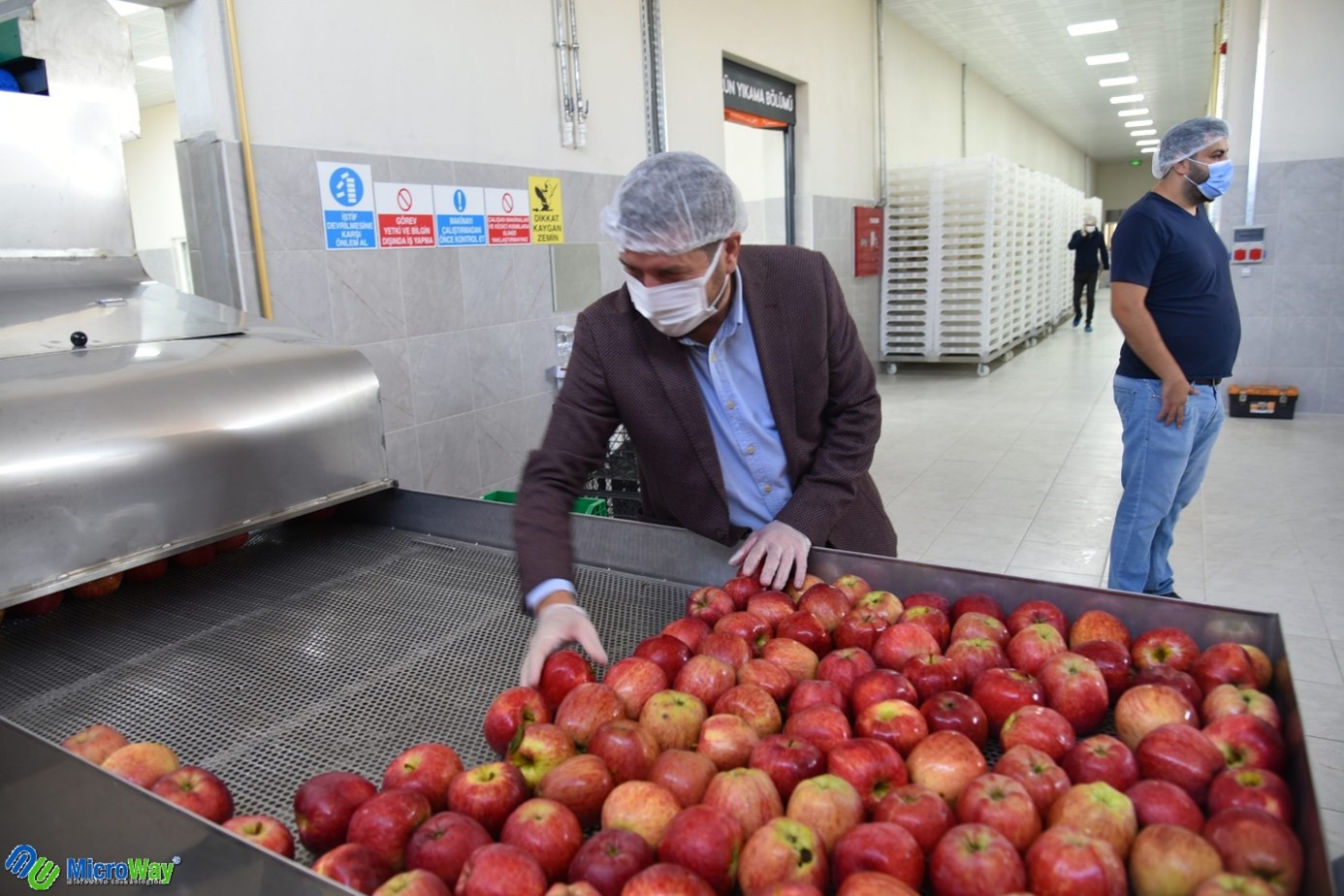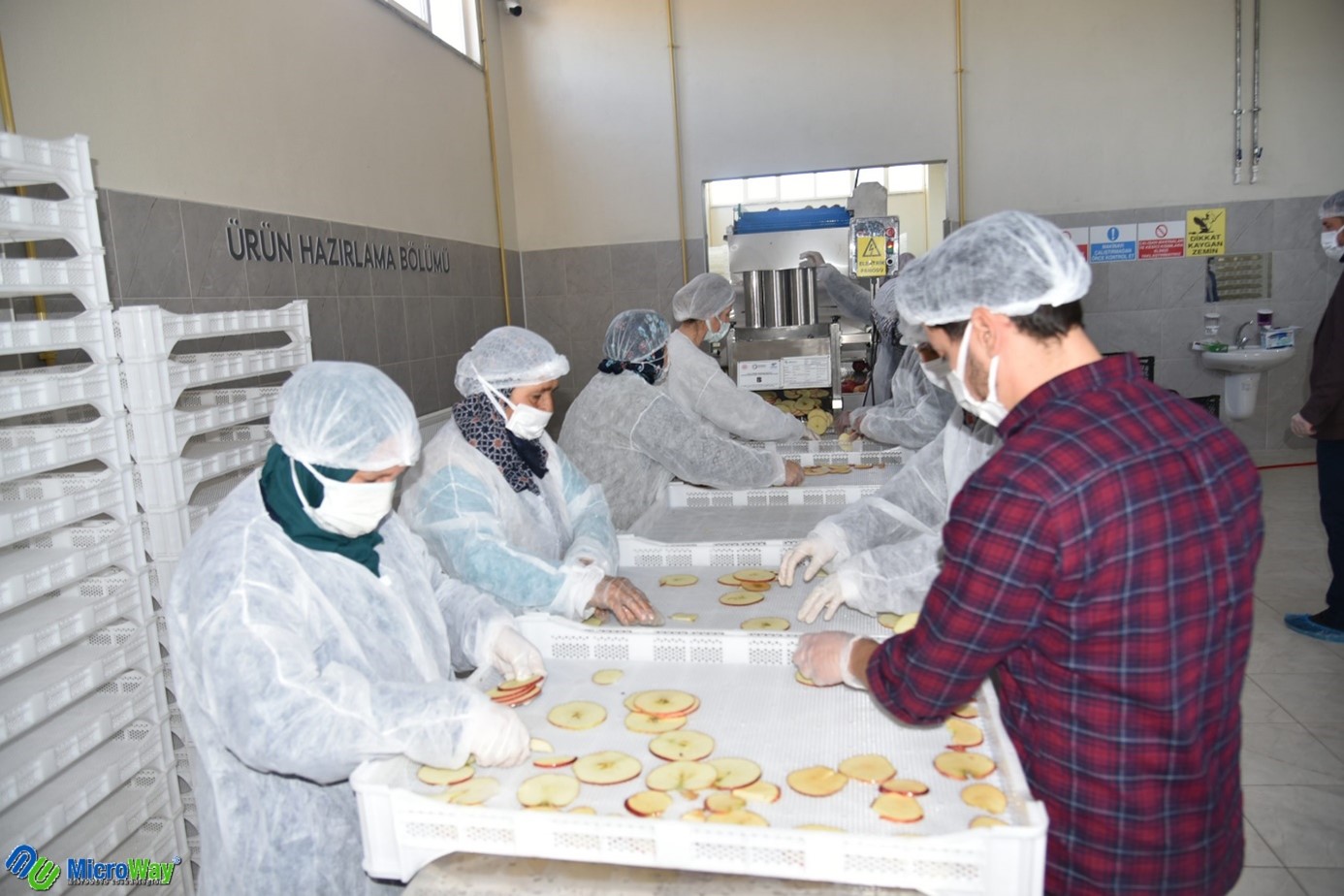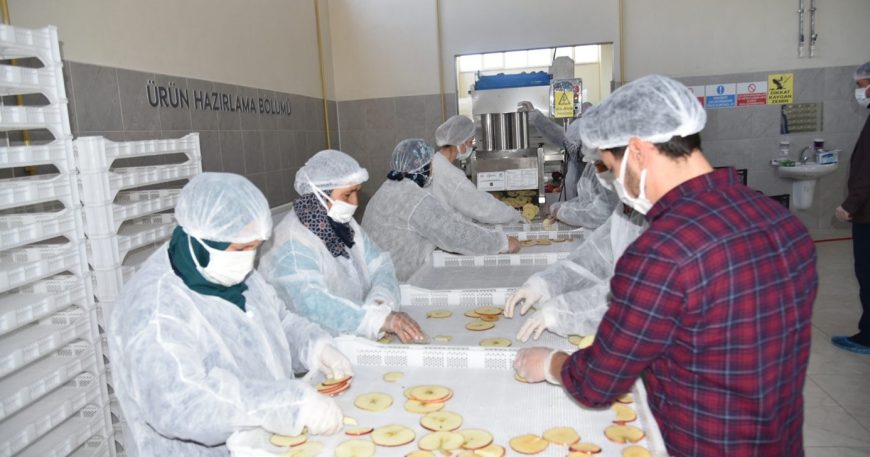Introduction:
The cutting and slicing machine, a technological marvel in the realm of food processing and manufacturing, has transformed the way we prepare and package various products. This article delves into the functionalities, applications, and technological advancements that characterize these machines, highlighting their pivotal role in achieving precision and efficiency. Get acquainted with the production capacity of the Microway brand.

The Functionality of Cutting and Slicing Machines:
Cutting and slicing machines are designed to precisely divide raw materials or finished products into uniform portions. Whether in the food industry for slicing meats, cheeses, and vegetables, or in manufacturing for cutting materials to specified dimensions, these machines offer a level of accuracy and consistency that manual methods simply cannot match. The automation of the cutting process not only ensures precision but also significantly increases production rates.
Types of Cutting and Slicing Machines:
- Circular Blade Slicers: Equipped with circular blades, these machines are ideal for slicing various food products with high precision.
- Band Knife Slicers: Utilizing a continuous band knife, these machines are suitable for cutting softer materials, such as bread and certain types of cheese.
- Water Jet Cutting Machines: Employing a high-pressure water jet, these machines are used in industrial applications for cutting materials like metal, plastic, and composites.
Applications Across Industries:
- Food Processing: Cutting and slicing machines play a crucial role in food processing, ensuring consistent portioning for items like deli meats, cheese slices, and vegetable cuts.
- Textile Industry: In textile manufacturing, these machines are utilized for precisely cutting fabrics to specific patterns and dimensions, streamlining the production of garments and textiles.
- Metalworking: Industrial cutting and slicing machines are employed to cut and shape various metals, contributing to the fabrication of components for diverse applications.

Technological Advancements:
Recent advancements in cutting and slicing machine technology include the integration of computer numerical control (CNC) systems, laser cutting technology, and improved blade materials for enhanced durability. CNC systems enable programmable and automated control, allowing for intricate cutting patterns and efficient material utilization.
Challenges and Future Prospects:
While cutting and slicing machines offer numerous benefits, challenges such as maintenance requirements and the need for operator expertise exist. Future developments may focus on further automation, the incorporation of artificial intelligence for adaptive cutting strategies, and the exploration of sustainable materials in machine construction.


